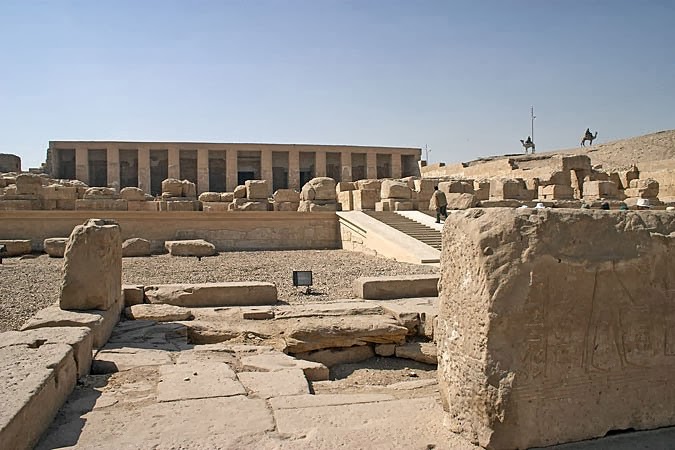Tour Abydos Egypt
exploring Abydos Egypt will permit you to discover the Temple of Ramses II, the Great Osiris Temple and the statuette of Pharaoh Cheops. Abydos is an astonishing addition to any Egyptian tour
Include a Trip to Abydos
The best Luxor trips will surely encompass a journey to Abydos Egypt. Abydos is established in Middle Egypt and is now advised an archaeological location. This was one time an ancient city that housed numerous temples and tombs. You can still find some astonishing ruins in Abydos, so make plans to visit this significant place visited in route to or from Luxor.
What to See?
What can you as a tourist anticipate to glimpse in Abydos? The most famous site is the Temple of Seti I. The Temple of Seti I characteristics majestic temple reliefs as well as the King register. The reliefs themselves are of superb quality and very comprehensive, even if the temple lighting is reduced. It is accepted that some of the reliefs were initially completed during the reign of Ramses II.
Historians will find it interesting that the monarch register does not encompass contentious Pharaohs such as the heretic Akhenaten or the female Pharaoh Hatshepsut, not to mention the Hyskos kings, who were not ever really accepted. You can furthermore glimpse the continues of some chapels as well as a adoration utensil called The Osirion.
Next, plan to visit the Great Osiris Temple on these luxury tours in Luxor. This location was built as far back as the First Dynasty and all the way to the 26th Dynasty, and encompasses wrecks of about nine or ten temples. Tourists can glimpse some relics of very old temple offerings as well as a sleeping room, which has disclosed ivory carvings, glazed numbers and tiles that showcase very old artwork. The statuette of Pharaoh Cheops in ivory is particularly rare and important. The attractive wall paintings are absolutely the focus of this trip.
finally, you can visit the Temple of Ramses II, which boasts four large figurines as well as a temple devoted to the beloved Queen Nefertari.
As you visit Abydos Egypt, you will quickly notice that security is a anxiety, since the tourist policeman or a policeman-escorted cab will escort you to the temple sites. This is not necessarily because Abydos is unsafe (and it is absolutely not in the same league as Assyut or Mallawi) but because some Egyptian cities and sites are generally less tourist-friendly, and rarely have incidents with political or devout revolt. thus, locales in localities like Abydos may be extra-concerned about the safety of foreigners, and you will find this especially factual as you head father away from Cairo-dominated smaller Egypt.


.jpg)




.jpg)